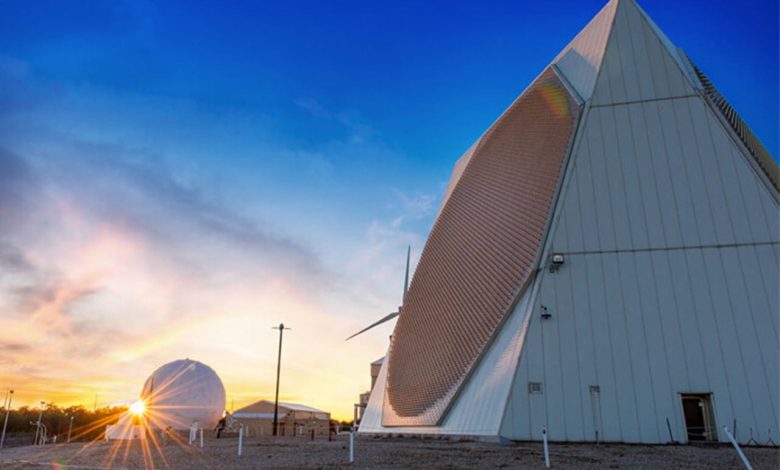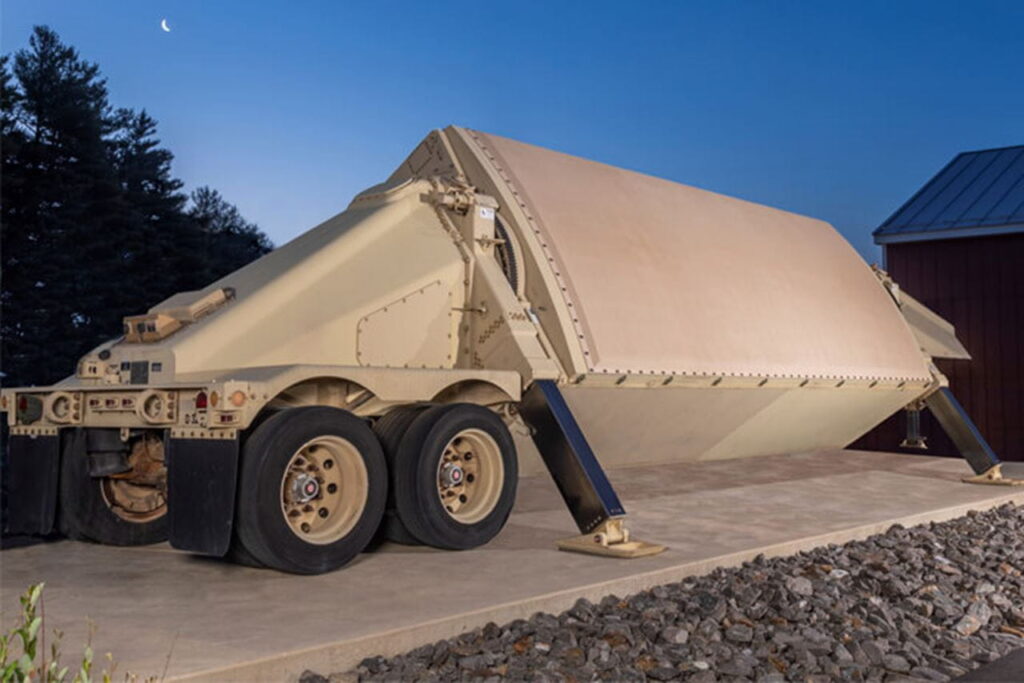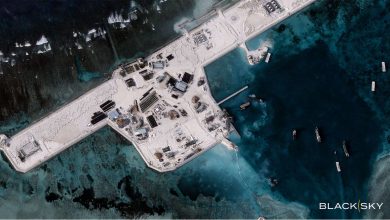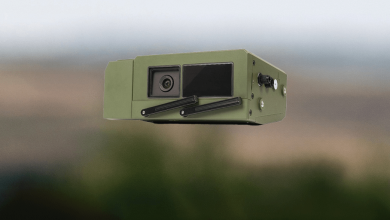
Uniting Forces: Raytheon’s Bold Stand Against Ballistic Missile Threats
The collective, demonstrated capabilities of Raytheon Missiles & Defense radars ensure safety and security.
A ballistic missile assault is chaotic. In an attack scenario, numerous weapons can converge from all angles, traveling at supersonic and even hypersonic velocities. Opponents are capable of disguising them, making them appear as different entities, all while employing electronic warfare to deceive the defensive mechanisms.
Thwarting such attacks is no trivial feat, commencing with a formidable radar system. In this instance, two systems: the AN/FPS-132 Enhanced Early Warning Radar (UEWR), which casts a wide-area net, and the Army Navy/Transportable Radar Surveillance and Control Model 2 (AN/TPY-2) Radar, delivering the utmost accuracy in discrimination. Both systems are developed by Raytheon Missiles & Defense, a company within Raytheon Technologies.
“They operate extremely well separately. This has been validated over numerous years. What we are discussing now is a close integration of these two radars,” stated Joe Preiss, technical director for the Strategic Missile Defense division of Raytheon Missiles & Defense, a branch of Raytheon Technologies. “Utilizing both radars maximizes the variations between them regarding where and how they identify objects. This synergy offers enhanced detection and resilience, especially in scenarios where visibility and identification of threats may be compromised.”
“The quantity of missiles is substantially rising, and they are growing more sophisticated,” indicated Bill Marcley, senior director of sensors and systems in the Air Power division of Raytheon Missiles & Defense. “Therefore, it is essential to have radars that are continuously operational and sensing, capable of managing multiple threatening trajectories across diverse ranges.”
This capability is especially vital when an enemy can disguise its missiles or mask them as other objects while simultaneously attempting to desensitize your radar via electronic warfare techniques. This occurs as the aggressor launches a significantly large missile offensive towards you. How do you neutralize these threats swiftly and with pinpoint accuracy?
Collaborative Defense
The nature of ballistic missile attacks is that they can originate from anywhere—from terrestrial grounds, air, sea, and even submarines. Some remain within Earth’s atmosphere, while others traverse space. This highlights the necessity for defensive radars to maintain a 360-degree vigilance continuously.
UEWR and AN/TPY-2 encompass the complete field of defense. These radars function like teammates in a soccer match, always on standby to hinder the opponent’s maneuverability.
UEWR operates within the ultra-high frequency band, or UHF, boasting the longer range of the two, able to track missiles beyond 5,000 km—outside the atmosphere and ideally distanced from the attack’s target. It offers early detection and accurate monitoring of oncoming assaults, additionally classifying space objects, enabling swift differentiation between threats and non-threats. This attribute has earned it the reputation of being “the big eye, continuously observing.”
AN/TPY-2 utilizes the X-band of the electromagnetic spectrum and, at closer distances, it identifies, tracks, and discriminates ballistic missiles during their ascent and descent. Its application of the X-band, featuring shorter wavelengths, facilitates precision tracking and differentiation. Thus, AN/TPY-2 can discern targets with remarkable clarity and identify true threats versus non-threats, like launch debris.

Both radar systems are resilient to jamming and seamlessly integrate with additional capabilities, such as Terminal High Altitude Area Defense (THAAD) and Global Patriot Solutions systems. They function as “more of a system of systems than a singular solution with two radars: consistently present, constantly aiding other systems in identifying targets,” noted Jennifer Woertz, program contracts manager for Raytheon Missiles & Defense.
Integrating Capabilities
AN/TPY-2 and UEWR are the sole systems currently deployed and operational. Other alternatives remain in development, designed to operate on a singular frequency. Therefore, a compelling argument for employing two radars for ballistic missile defense is that relying solely on one radar—even the finest available—is seldom sufficient.
“Relying on a standalone radar system presents inherent challenges,” stated Chris Salini, technical director of strategic sensor systems at Raytheon Missiles & Defense. “When contemplating just one device attempting to achieve similar objectives as AN/TPY-2, which is engineered for high frequency to enhance tracking and discrimination, alongside UEWR, which focuses on low frequency for early warning surveillance, one would find a single mid-band radar positioned somewhere in between in total performance.”
The presence of multiple radars also provides what Salini refers to as “graceful degradation.” This means that if one radar undergoes maintenance or succumbs to jamming, the defensive framework remains intact. “This architectural advantage is crucial for maintenance. It’s also vital, considering the rise of electronic warfare, which would necessitate an effort to jam multiple radars to compromise the defense architecture rather than just one.”
Proven and Updated
AN/TPY-2 and UEWR are integral sensors within the Missile Defense Agency’s (MDA) Missile Defense System. “Data from these radars is channeled through the MDA’s Command and Control, Battle Management, and Communications system,” Marcley elaborated. “The MDA leverages this information, delivering it to effectors to intercept and engage targets. The agency has conducted numerous integrated ground and flight assessments of these systems that have been in the field for several decades, yielding successful results against all categories of ballistic missiles.”
Meanwhile, as the MDA processes the data from AN/TPY-2 and UEWR, Raytheon Missiles & Defense continuously enhances these systems to stay ahead of evolving threats through relentless system monitoring, sustainment, and modernization.
The ultimate takeaway, remarked Woertz, “is that you are always obtaining the finest surveillance and discrimination working in tandem. Anything less is a compromise.”







